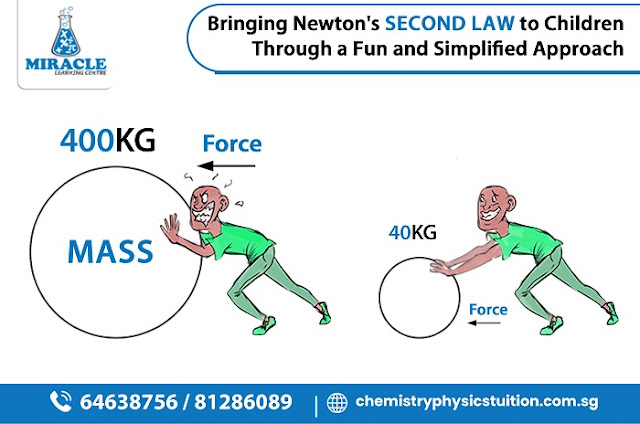O Level Chemistry: A Quick Introduction to the Concept of Ionisation
O level chemistry introduces students to the fundamental concepts in the subject. One of these concepts is Ionisation. It refers to the process with which an atom or molecule gains or loses electrons for forming ions, which are charged particles.
You might wonder why the study of this process is crucial in your O level curriculum. The truth is this transformation serves a major role in the understanding of chemical reactions, properties of substances and chemical bonding.
Before you get to learn this key chapter in your school or chemistry tuition centre, we give you a quick introductory lesson on ionisation. Keep reading till the end to know the basics of this concept.
What is Ionisation?
It is the process by which an atom or molecule acquires a negative or positive charge by adding or losing electrons. This results in the formation of ions. The process can happen in various ways such as by the application of energy or chemical reactions.
If the atom loses electrons then it becomes positively charged ions known as Cations. Whereas, the negatively charged ions are called Anions, which are atoms that gain electrons.
How Does Ionisation Happen?
As aforementioned, ionisation occurs in different ways. These are —
Ionisation by Gaining Energy: When energy sources such as light or heat come in contact with an atom, it triggers the electrons to move to higher energy levels. The electrons can even escape from the pull of the nucleus entirely if enough energy is provided. Therefore, leading to the formation of positively charged ions (cation). The energy which separates an electron from an atom is known as ionisation energy.
Ionisation in Chemical Reactions: The process of ionisation also occurs during chemical reactions. For example, the formation of sodium chloride (NaCl) comes to be when sodium (Na) reacts with chloride (Cl). The sodium atoms lose an electron to form Na+ ions and chloride atoms gain an electron to form Cl- ions.
Importance of Ionisation
With the study of ionisation, we can understand several key things in chemistry. Some of them are —
Chemical Behaviour Prediction: Understanding ionisation enables one with the capability to predict how elements will react with each other. For instance, elements having low ionisation energies tend to easily lose electrons that make them more reactive. Especially, with the elements that have high electron affinities.
Understanding Physical Properties: The ionisation process also provides explanation to certain physical properties of substances. For example, conductivity in ionic compounds when dissolved in water.
Explaining Bonding: The key to understanding ionic bonding is ionisation. Here electrons are transferred between atoms, resulting in the formation of positive and negative ions that attract each other.
Key Points to Remember
First Ionisation Energy: The energy required to remove the first electron from a neutral atom.
Successive Ionisation Energies: The energies required to remove subsequent electrons, which increase as electrons are removed due to the increasing positive charge of the ion.
Trends in the Periodic Table: Ionisation energies generally increase across a period (left to right) due to increasing nuclear charge and decrease down a group due to increasing atomic size.
Conclusion
Ionisation is a pivotal concept in chemistry, providing insight into the behaviour of atoms and molecules in various reactions. For O Level Chemistry students, understanding ionisation can be the key to unlocking a deeper comprehension of the subject, aiding in both theoretical and practical applications.
Looking forward to mastering more such lessons in chemistry? Join expert chemistry tuition in Singapore and ace the subject.




Comments
Post a Comment